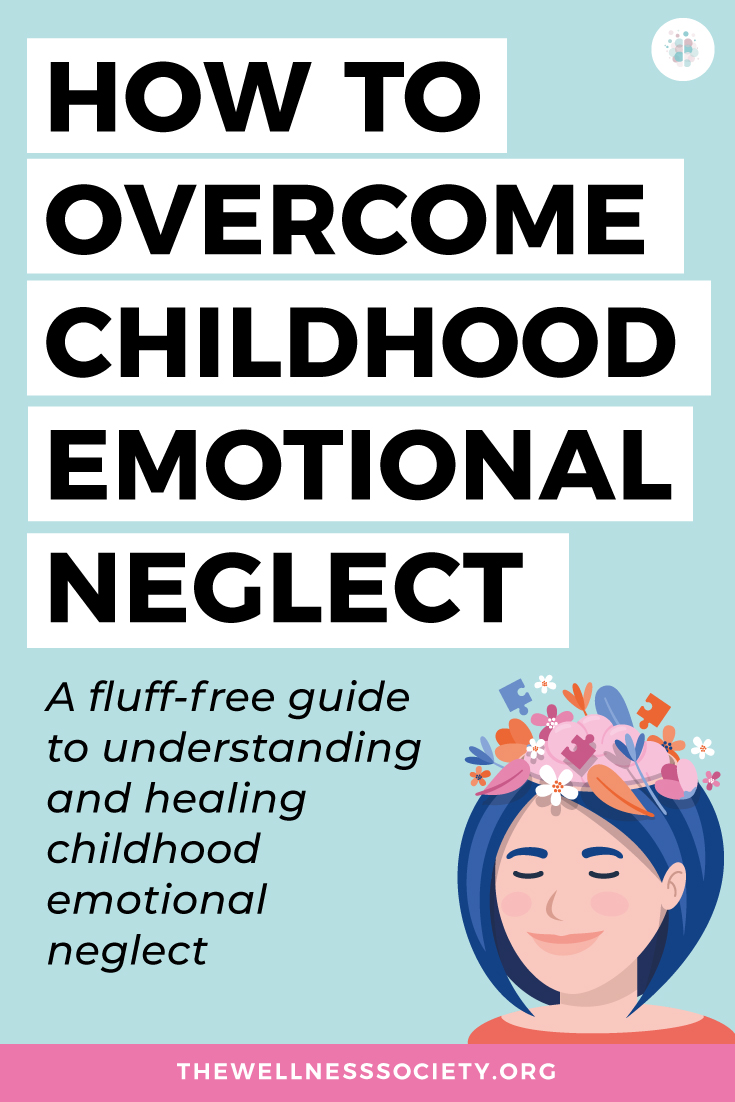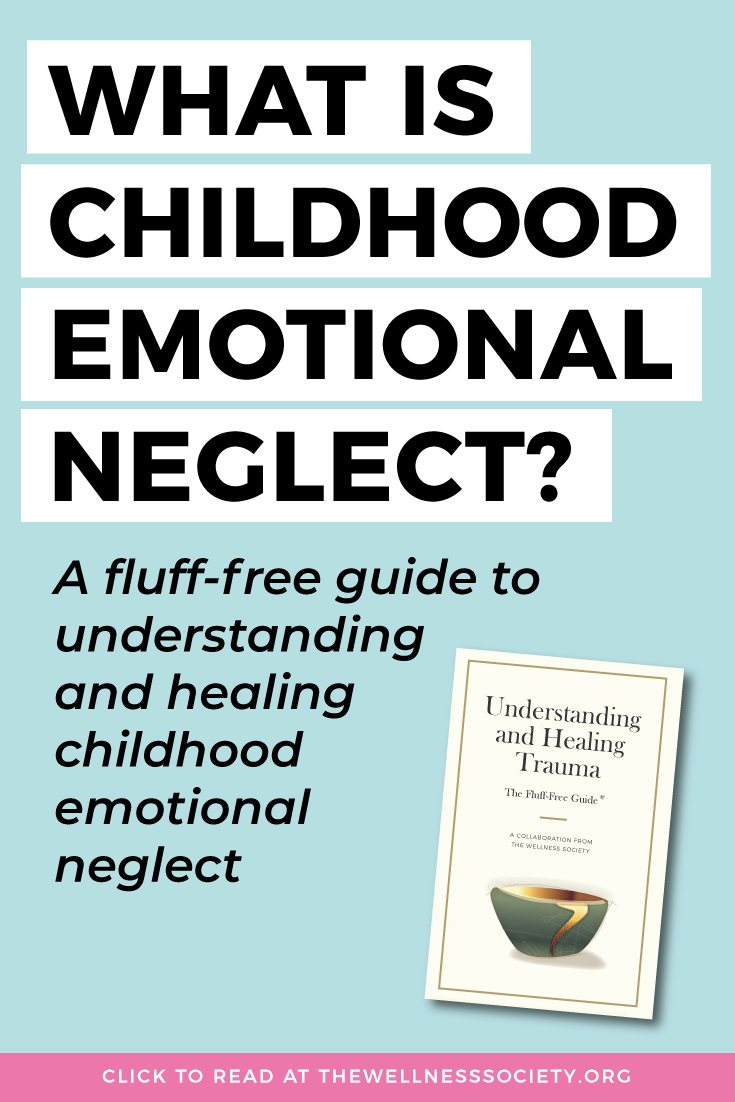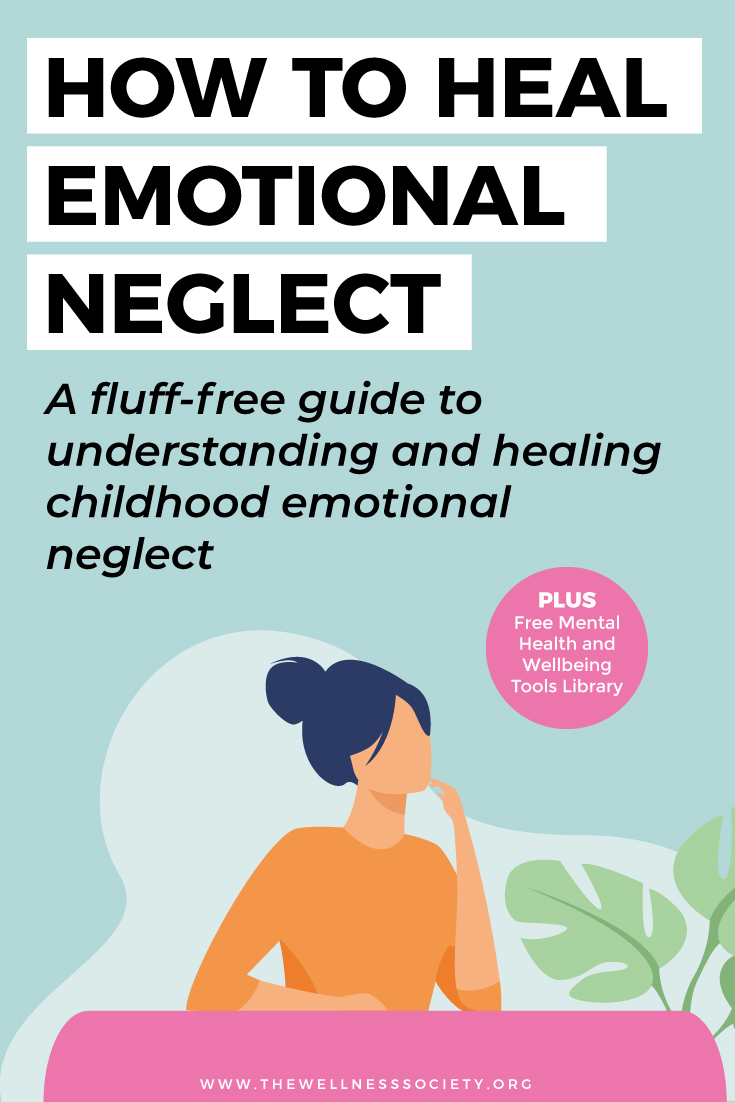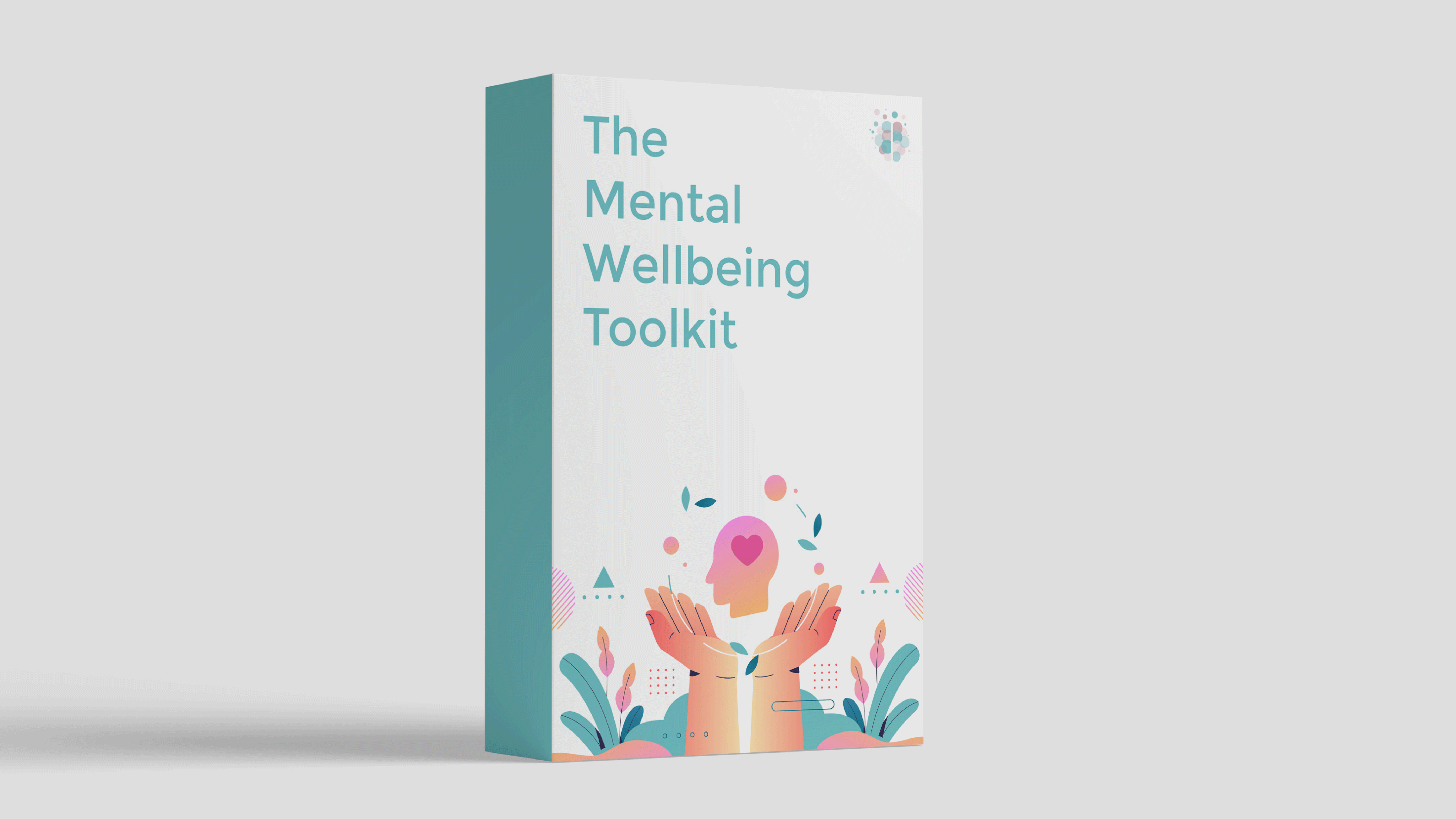Emotional neglect is when a person’s emotional needs are disregarded, ignored or invalidated by someone significant in their life. The perpetrator of emotional neglect can be anyone who's important in the victim’s life, such as a partner, close friend or family member.
When neglect is experienced during childhood, it’s usually the main caregivers (parent or sole carers) who do not meet the child's emotional needs. For many people who experience emotional neglect, it’s not until they enter adulthood that they realised their emotional care needs were not met as a child.
There’s sometimes a misconception that to experience trauma, there must be a catastrophic event or a definitive moment where the trauma happened. In fact, trauma that occurs over a prolonged period of time is now referred to as complex trauma.
For adults who endured this type of complex trauma, it might not be until much later that they start to make comparisons between themselves and others around them. They might find it difficult to sustain healthy relationships and rely on unhelpful behaviours or strategies to get what they want/need.
How Childhood Emotional Neglect Impacts Core Beliefs
Experiencing childhood emotional neglect can change how a person views themselves and the world around them, referred to as our ‘core beliefs’.
Core beliefs are our most deeply held beliefs about ourselves and the world around us, and they influence our thinking and behaviour patterns. Based on our experiences and environment, these beliefs form during childhood and follow us into adulthood.
If you grew up in a home where you felt loved, valued and safe, then you may develop positive views about yourself and your world. You may have a good helping of self-esteem and confidence because you were brought up in an environment where you were not punished for failure, but praised for trying and encouraged to try again.
On the other hand, if your childhood was spent in a home where you did not feel loved, valued or safe, then your views about yourself and the world will be very different.
You may be untrusting of other people and their intentions, feeling like you have to keep people at arm’s length because it’s likely they’ll hurt you. You may sabotage relationships or choose partners that are unable to meet your needs.
Core Beliefs as Conditioned Responses
Core beliefs can also be understood as conditioned responses. When a child repeatedly experiences emotional neglect, their brain learns to adapt through certain responses to stimuli.
As the child grows, these conditioned responses become automatic, meaning they’re triggered without conscious thought whenever a similar situation arises. For example, in adulthood, the person might instinctively withdraw in situations where vulnerability or emotional expression is required.
This automatic response is the manifestation of the core belief that developed during childhood. The belief might be something like "My feelings don't matter" or "I need to protect myself by not showing vulnerability."
How to Heal Childhood Emotional Neglect
The biggest step is first recognising that the emotional neglect has happened and understanding how it impacts us. Many people begin to see differences in how they and others around them view the world and behave.
Dr Mari Kovanen lists the signs of childhood emotional neglect in adulthood as:
- Feelings of emptiness
- Fear of being dependent
- Feeling like you’re flawed in some way
- Difficulty with self-compassion, but plenty of compassion for others
- Guilt, shame and self-blame
- Difficulty nurturing self and others
- Poor self-discipline
- Poor awareness and understanding of emotions
If you feel that you’ve experienced childhood emotional neglect, it’s always recommended to seek support from a mental health professional. You can read about seven types of therapies for trauma survivors here. Four strategies for healing childhood emotional neglect outside of therapy are:
1. Embracing Self-Education
Understanding ourselves and our trauma is a crucial first step in healing trauma. As one of our respondents said in our free eBook Understanding and Healing Trauma:
"For me, it’s been knowledge. Books and conversations and classes. It’s led to understanding of why things happened, why I am the way I am, and it gave me great advice on different things to do at different times that have been really helpful, like identifying cycles or triggers."
Understanding how childhood emotional neglect has influenced your thoughts, feelings, and behaviours can help you recognise patterns in your life and make connections between past experiences and current challenges. Want to work on this? Download our free eBook using the form below:
2. Using Therapy Techniques for Managing Thoughts and Emotions
The next step is focusing on taking control of your mental wellbeing.
A big part of this is learning how to manage your thoughts and emotions. Research suggests that rumination is a root cause of low mood and anxiety. People who’ve experienced trauma tend to be hypervigilant to threats, which may lead to excessive rumination.
There are plenty of therapy techniques you can use to address this. Tools from cognitive behavioural therapy (CBT), acceptance and commitment therapy (ACT), mindfulness-based cognitive therapy (MBCT), and more. The Thinking Slow Method inside The Mental Wellbeing Toolkit adopts trauma-informed approach and integrative framework to help you discover what works best for you.
It outlines the many types of unhelpful thoughts and stories that you may experience due to childhood emotional neglect. You’ll also discover tools for addressing chronic shame – the persistent feeling of being fundamentally flawed or unworthy. Chronic shame can impact various aspects of your life, including your self-esteem, relationships, and overall mental wellbeing. Understanding how to respond to and manage this challenging emotion can be truly life-changing.
3. Focusing on Improving Your Relationships
The quality of our relationships is a key determinant of mental wellbeing.
Emotional reactivity stemming from trauma often causes difficulties in relationships. Learning to manage your thoughts and emotions through therapy techniques is a great step towards addressing this issue.
As a trauma survivor, another thing likely impacting your relationships is splitting – the tendency to see other people as being either good or evil.
Splitting acts as a defence mechanism to shield you from further pain; your experience of relational trauma may lead you to unconsciously over-protect yourself. By painting someone as "all bad," you create a psychological barrier to prevent yourself from becoming emotionally vulnerable and potentially hurt again.
4. Cultivating Self-Compassion
Imagine a parent teaching their child how to ride a bike for the first time. As they begin practicing, the child loses their balance and falls off the bike, scraping their knee in the process.
Would they criticise their child for needing help as they learn?
Would they scold them for not mastering the skill on the first try?
Would they tell them they’re being a burden by asking others for help?
Of course, the answer is no. Yet, we so often treat ourselves this way, don’t we? We beat ourselves up for not being able to manage our emotions better, even though mental wellbeing skills aren't taught in schools and it's not our fault that we struggle to cope.
Just like the physical injury wasn't the child’s fault, your mental injury is not your fault.
It’s not your fault you’re wired this way.
Try to be kind to yourself.
Here are some free printable affirmation cards to remind you to practice self-compassion.
Summary
Unless identified while growing up, childhood emotional neglect might not be recognised until adulthood. Growing up without emotional needs being met impacts our thoughts, emotions, and behaviour. To start overcoming childhood emotional neglect, it’s highly recommended to seek professional support.
Outside of therapy, you can focus on:
- Self-education
- Using therapy techniques to manage your thoughts and emotions
- Focusing on improving your relationships
- Cultivating self-compassion
A Toolkit to Accelerate Your Mental Health Journey
Our self-guided program includes tools from CBT, DBT, ACT and more, so you can discover what works best for you. Check out The Mental Wellbeing Toolkit today – it's "like 10 therapy sessions in one."
Co-Authors

About Simone
I am a mental health nurse and owner of The Wandering Mind. Through The Wandering Mind I create copy, resources and articles on mental health. I also offer 1:1 wellbeing sessions to improve mood, mental wellness and reach goals/aspirations.My credentials: Registered Mental Health Nurse, ATP Level 2 in CBT Essentials, Licensed Trainer in Outcome Star (goal and progression key working tool).
My instagram/facebook handle is @wanderingmindmentalwellbeing
My website is: www.thewanderingmind.co.uk

About Rebecca
Rebecca is the founder of The Wellness Society and author of two fluff-free books, The Framework and Understanding and Healing Trauma. She's passionate about creating concise and compassionate mental health and wellbeing tools that address the root causes of distress. Read more about her views on our About page.Pin For Later







